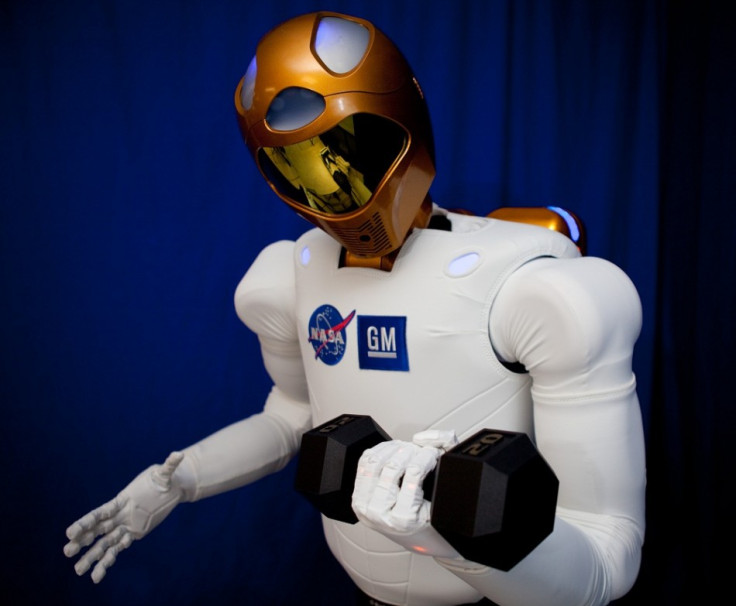NASA Space Station’s First Humanoid Robot Comes Alive and Starts Tweeting

Ground controllers turned Robonaut on Monday for the first time since its arrival on the International Space Station in February.
The test involved sending power to all of Robonaut's systems, but the robot will not be commanded to move until next week.
Team members were encouraged by Monday's results as they make using Robonaut as an astronaut's helper more plausible.
Robonaut, also known as R2, is the first humanoid robot in space.
"Those electrons feel GOOD! One small step for man, one giant leap for tinman kind," Robonaut "posted" in a Twitter update. The team has set up a Twitter account in his name.
"Sure wish I could move my head and look around," Robonaut wrote in another tweet.
The four visible light cameras that serve as Robonaut's eyes were successfully turned on in the gold-coloured head, as did the infrared camera, located in the robot's mouth, which is needed for depth perception.
The team at Mission Control in Houston cheered as Robonaut's main computers, located in his abdomen, were turned on, along with more than 30 processors embedded in the arms for controlling the joints.
"Robonaut behaved himself," said deputy project manager Nicolaus Radford. "Oh, Robonaut definitely got an 'A.' He won't be held back a grade, if that's what you want to know."
"It was just very exciting," he said. "It's been a long time coming to get this thing turned on."
The robot was delivered on space shuttle Discovery's final flight and it took approximately seven months for the operating software to arrive and for the astronauts to have enough time to help with the experiment.
On Sept. 1, controllers plan to command Robonaut to move its fingers, hands and arms.
"It's been asleep for about a year, so it kind of has to stretch out a little bit," Radford told The Associated Press. "Just like a crew member has to kind of acclimate themselves to zero gravity, our robot has to do a very similar thing, kind of wiggle itself and learn how it needs to move" in weightlessness.
For now, Robonaut only exists from the waist up and is 3 feet 4 inches tall and weighs 330 pounds, and each arm is 2 feet 8 inches long. But it is still "growing," and a pair of legs is being designed and should be ready by 2013.
Radford said if everything goes to plan, by nest year the team will try to get Robonaut , to help the astronauts with some chores such as like taking air velocity measurements inside the space station .
During Monday's two-hour test, U.S. astronaut Michael Fossum and Japanese colleague Satoshi Furukawa took Robonaut from its fireproof sleeping bag and placed it on its fixed pedestal, leaving ground controller to switch the robot's powers on.
Radford hinted the controllers were tempted to make the robot move, but stopped short from doing so as he added, "We want to be respectful. It's a very complicated piece of hardware."
© Copyright IBTimes 2025. All rights reserved.




















